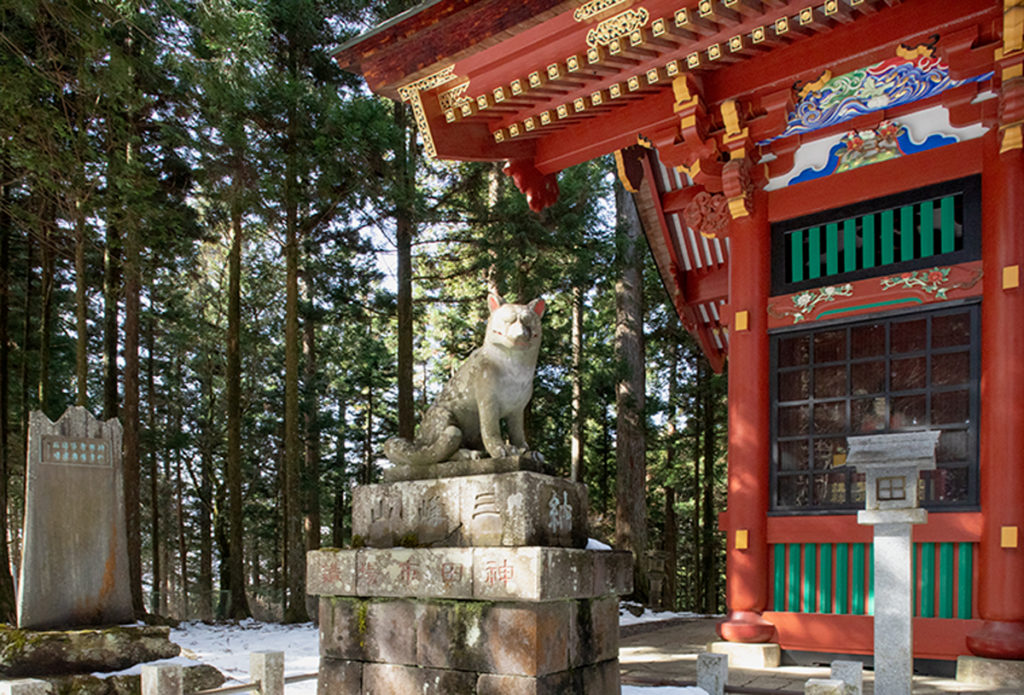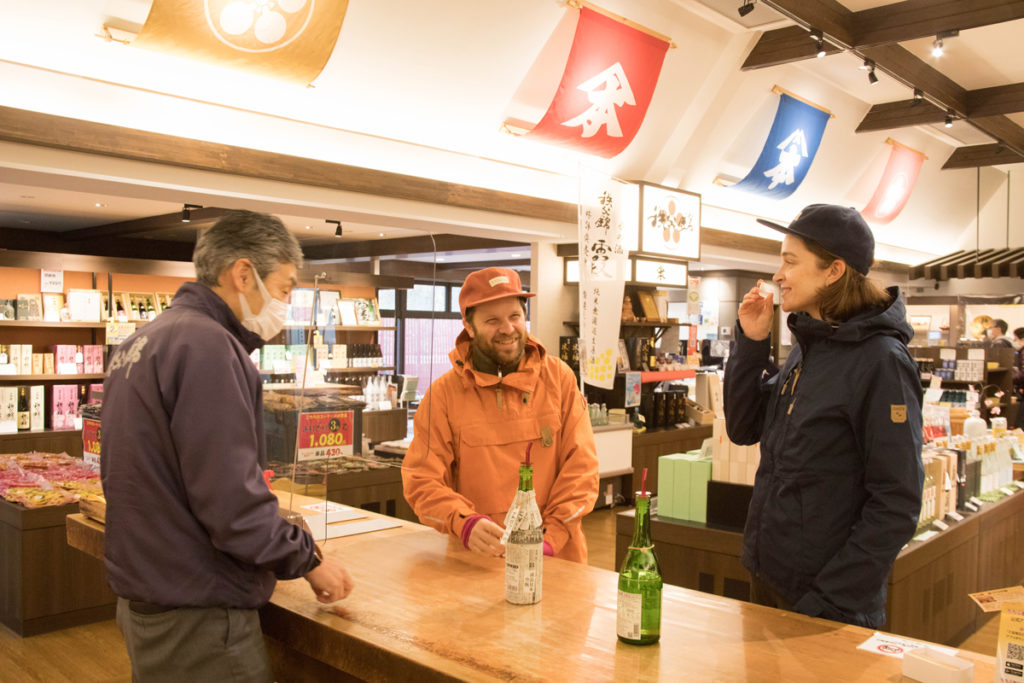A sacred place of pilgrimage kept alive by dedicated locals
The Chichibu 34 sacred sides are one of the three pilgrimages in the famous Japan 100 Kannon Pilgrimage, along with Bando and Saigoku. Its founding dates to 1234 during the Kamakura period. It is thought that by the late Muromachi period, pilgrimages to temples enshrining Kannon scattered throughout the Chichibu area were already well established, reaching their peak in the Edo period when pilgrimages became popular among the general public. The year the temple opened, some 40,000 to 50,000 pilgrims were welcomed in three months.
The route is about 100 km from the first temple, Shimabuji, to the 34th temple, Suizumiji. We will skip a portion of this route and aim to cover 40 km in two days and one night, focusing on the “Edo Pilgrimage Old Road” that has been in use since the Edo Period.
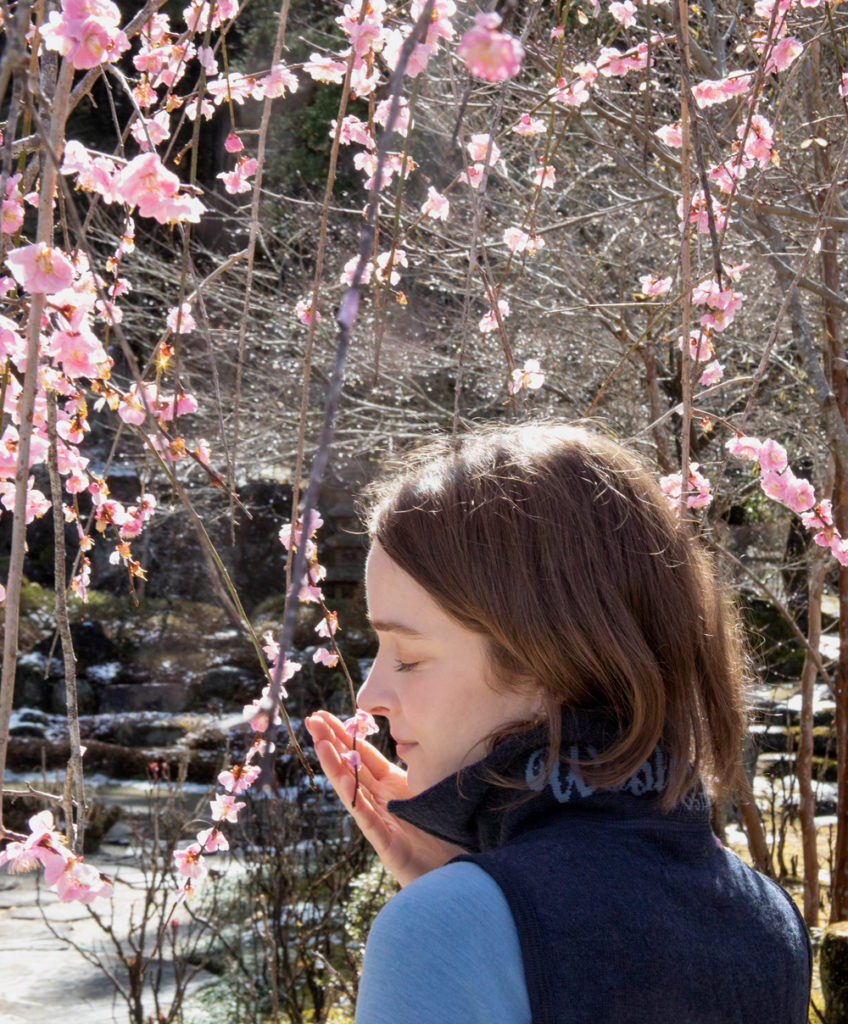
Our guest for today is model and mountain walker Alyona. We meet at Seibu Chichibu Station before heading to Jiganji, the 13th temple. Located in the city center and known as the “temple of sight,” it has always been a focal point for pilgrims by offering a wide range of goods such as wagesa (monk’s robes). Abbot Nansen Oshou is known as a pillar of the community, with a keen interest in Chichibu’s urban development and cultural activities. He will give us the lowdown on preparing for a tour of Chichibu’s sacred sites while we enjoy a cup of tea made from the Nikko maple tree.
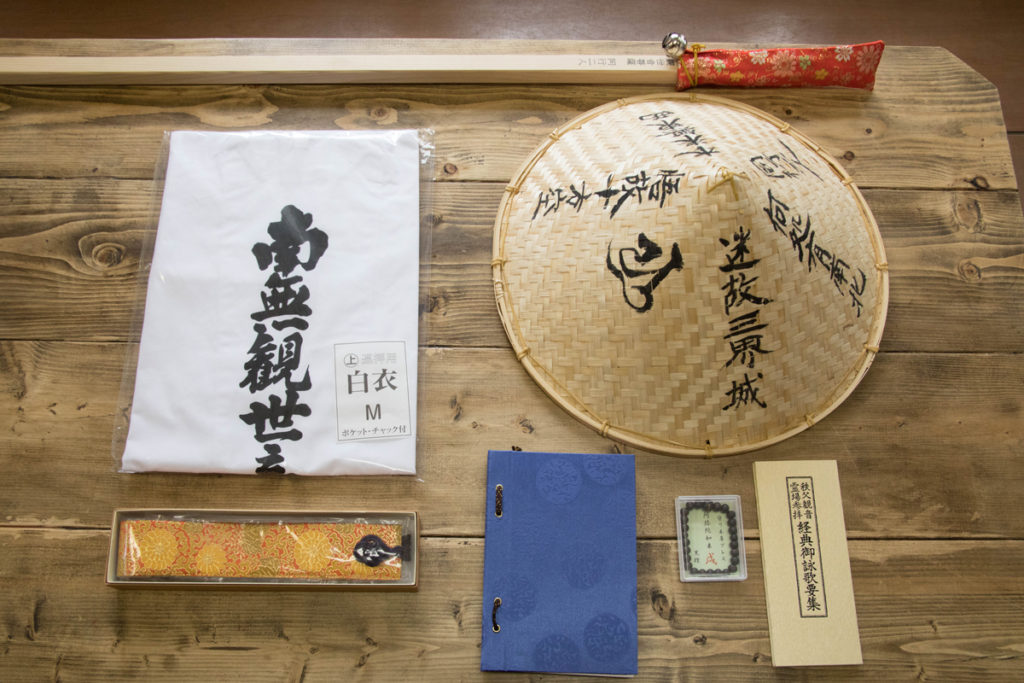
“Please feel free to visit the temple as if you were a tourist and forget about the formalities of temple etiquette. We want people to visit the temples and to feel something for themselves. Such a personal experience is very important.”
From Jiganji Temple, we walk through the city to the 17th, Jorinji Temple. Jiganji is where the anime “Anohana: The Flower We Saw That Day” was set and is a popular place for ema (votive picture tablets) depicting the characters. On the way there, the sumptuous aroma of baking dumplings lured us to “Chichibu Nakamuraya”. Here we partake of Mitarashi dango with miso sauce, famous as “Chichibu dango”.
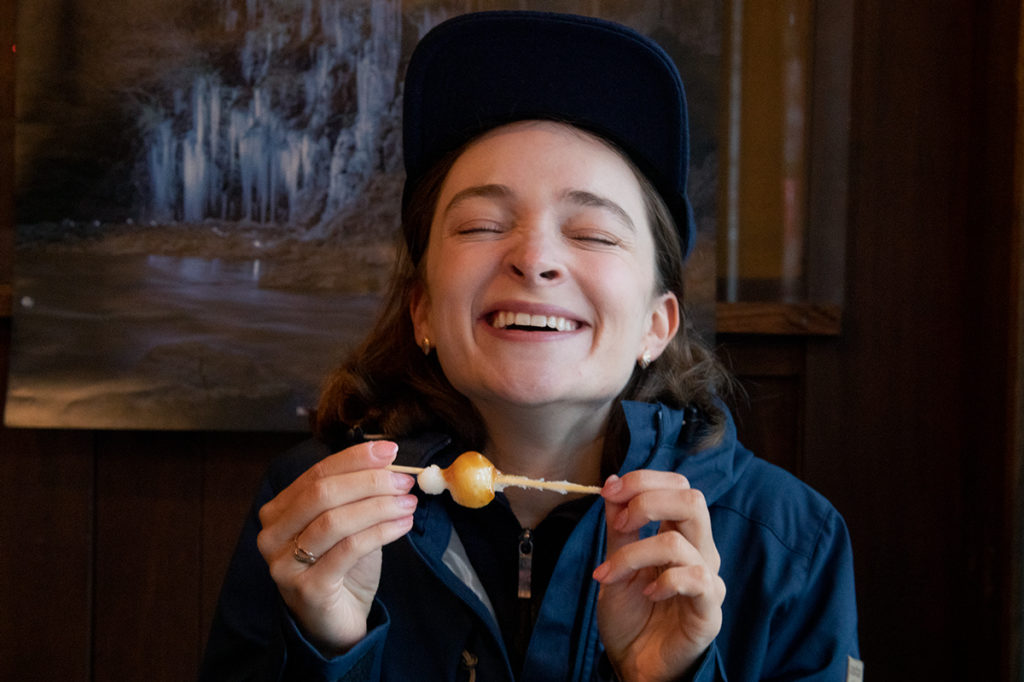
From the 20th Iwanouedo temple where seasonal flowers bloom in a well-kept garden, we proceed to the 21st Kannon-ji Temple and then finally branch off onto the “Edo Pilgrimage Old Road”. The turn-off is marked by a horse-head image from 1807. After passing the site of the 22nd temple (Dojido), a trail through a wooded area appears . It is the “Nagaone Road” part of the old Edo route. From here, we pass through the valley, cross a field, and follow the Edo Pilgrimage Old Road to No. 23 Ongakuji Temple, No. 24 Hosenji Temple, and No. 25 Kyushoji Kannondo Temple. The road is steeped in an old-fashioned atmosphere, with horse-head shrines, guideposts, and stone Buddhas along the way.
Because of its location surrounded by mountains, it was spared development and the ambiance of the Edo period remains intact. After passing through the bamboo grove, the pyramid-like form of Mt.Bukō rears up in front of us. While the presence of the mountain is overwhelming, it is painful to see how the mountain surface has been heavily chipped away into the shape of a staircase. Because Mt.Bukō is a source of high-quality limestone, large-scale mining is still taking place there today.
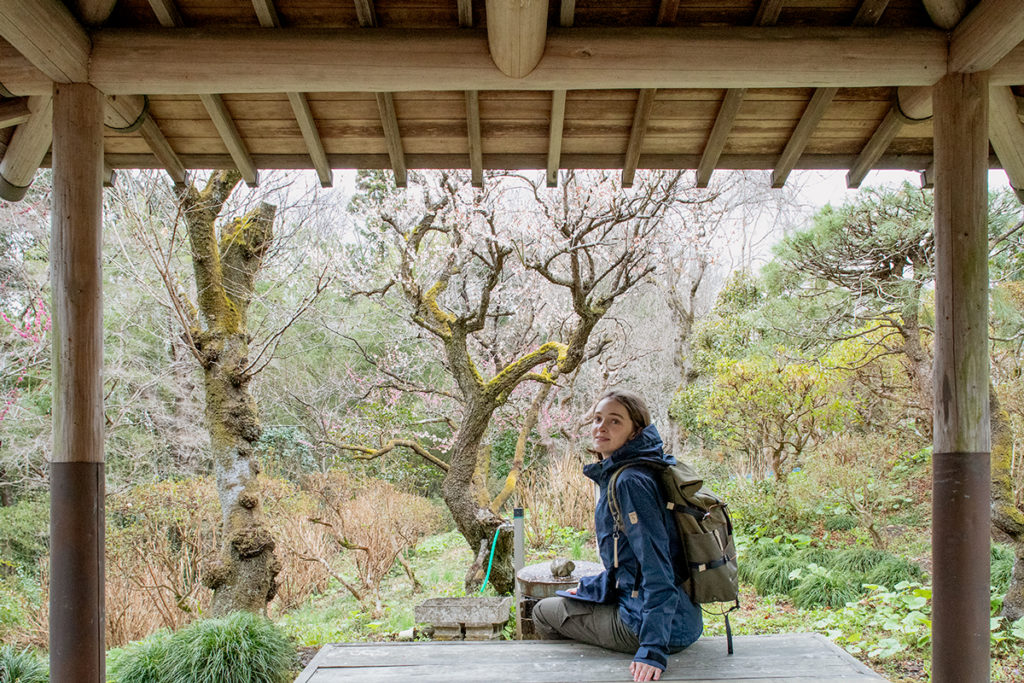
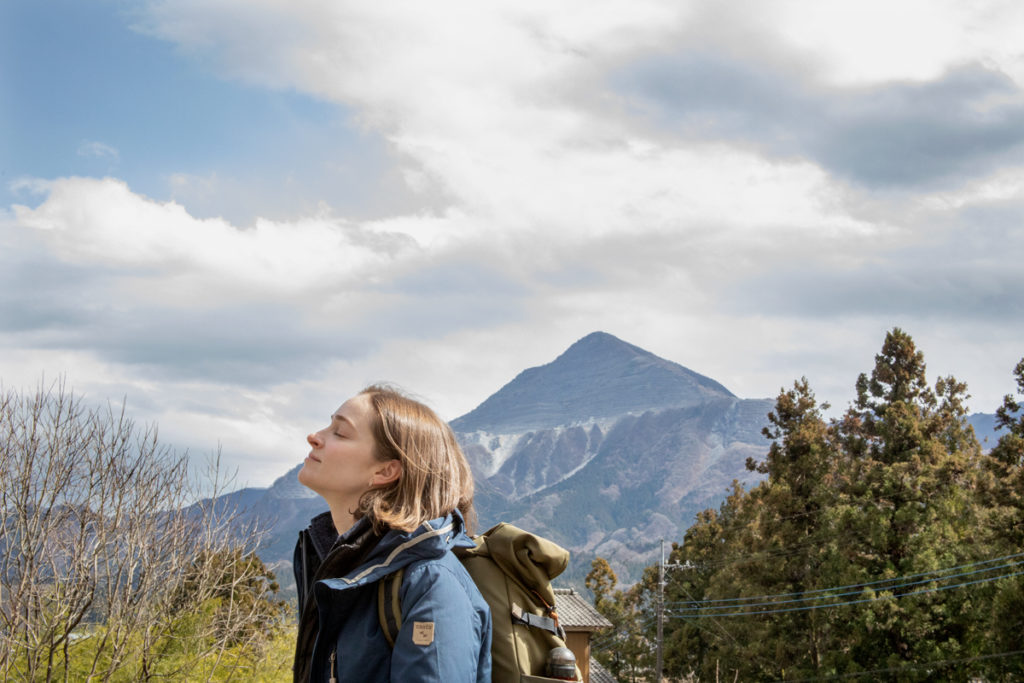
Host to some 400 festivals and Shinto rituals every year, Chichibu has long been known for its sake production, and used to have dozens of sake breweries. One of them is Yao Honten, which brews the famous Chichibu Nishiki sake. “Sake-zukuri no Mori” is a tourism-oriented brewery near Hosenji Temple, and Lucas and Alyona get a bit tipsy after touring the brewery museum and sampling some of their prized sake. Day 1 ends here, and we return toward Seibu-Chichibu Station to our lodgings in the city. The next day, we will start from No. 12 Nosaka-dera Temple.
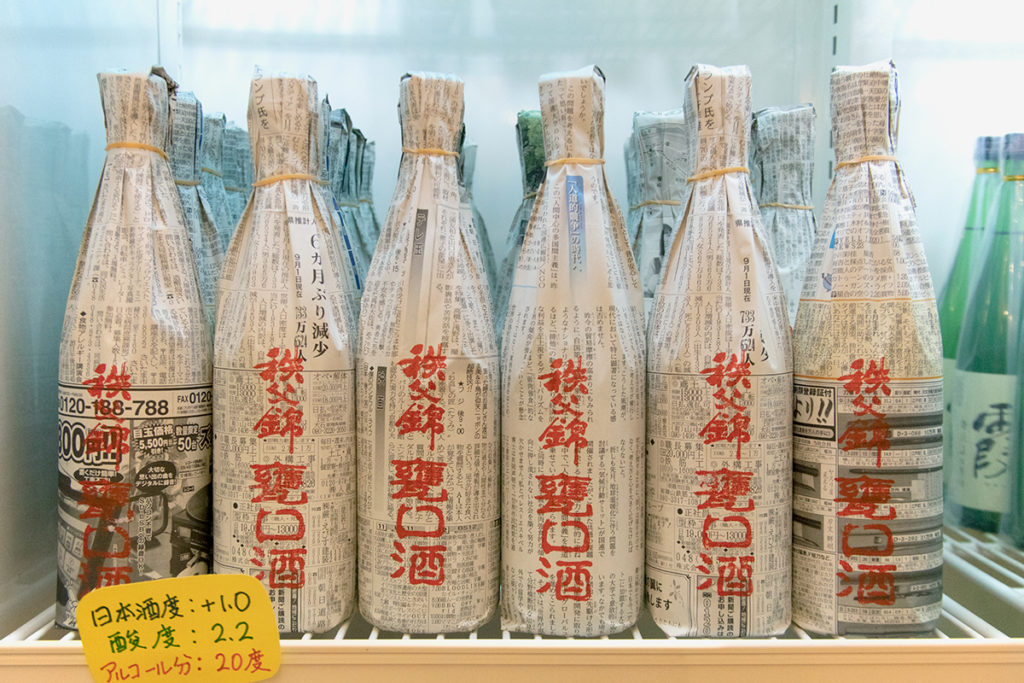
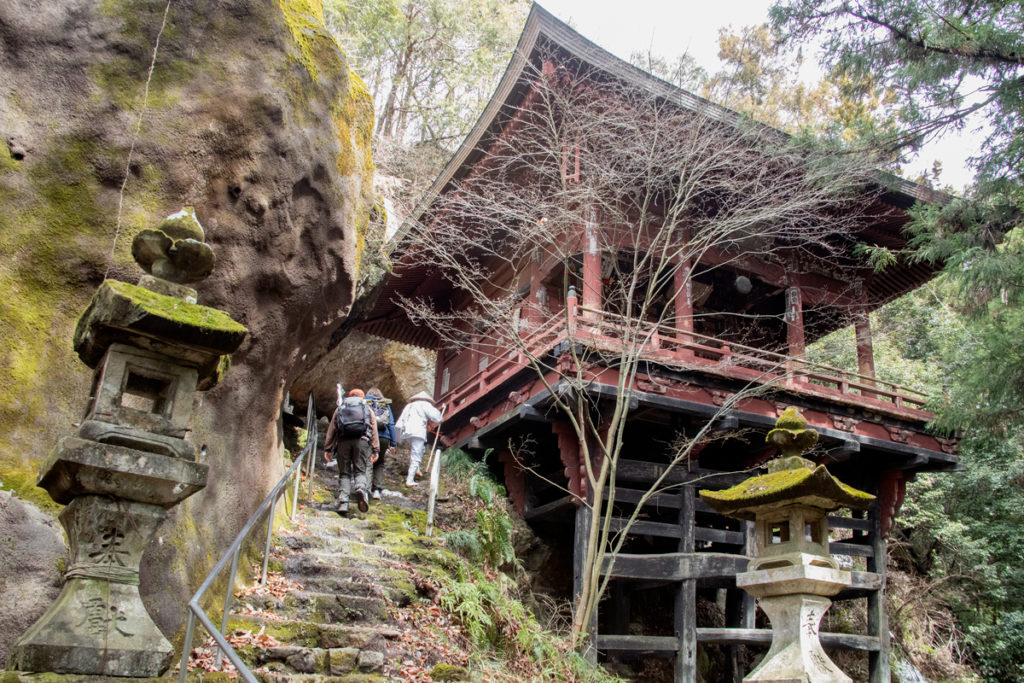
Holy sites best enjoyed with a guide
Day 2, Nosaka Temple. We meet up with Mr. Aoki who is a designated guide for the Chichibu sacred sites. There are about 20 designated guides for the Chichibu pilgrimage, one of which is Mr.Aoki who is dressed in pilgrimage attire. Since Nosaka-dera Temple grants visitors permission to ascend to the temple, we advance to the main hall with its beautiful ceiling paintings. Led by Mr. Aoki, we offer the Heart Sutra in an invigorated mood.
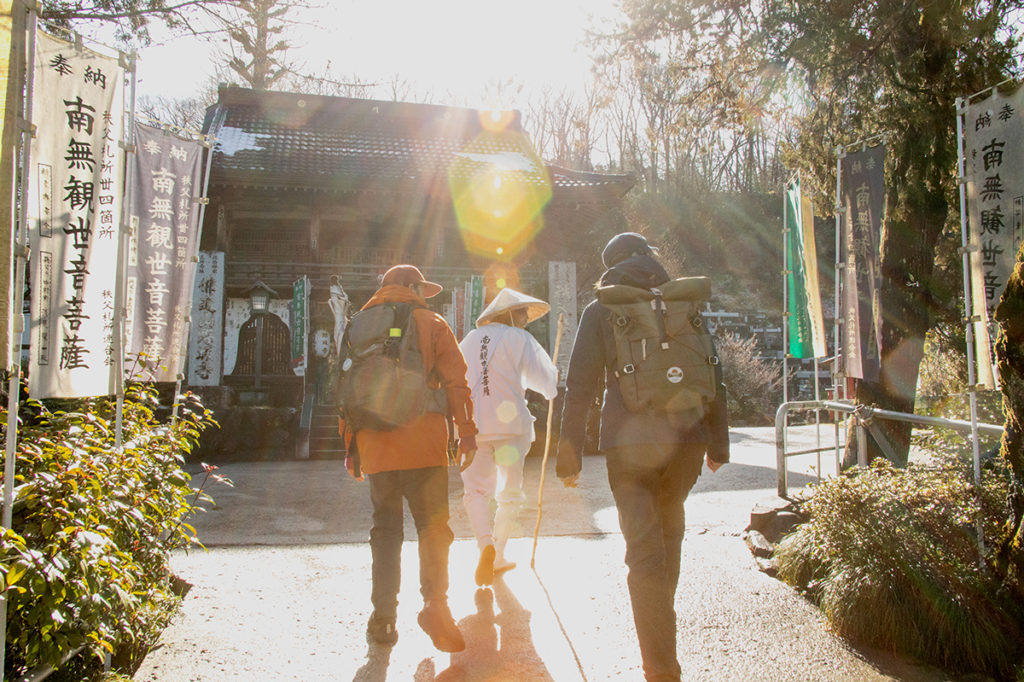

At No. 26 Enryu-ji Temple, we visit Iwai-do Hall, where the principal image of the temple was once enshrined. The rock-walled hall at the top of the 300 stone steps evokes the stage at Kiyomizu-dera Temple in Kyoto. From there, we take the Kotohira Old Road (Kotohira Hiking Course) to No. 27 Ohbuchi Temple and No. 28 Hashidate-do Temple. Standing beneath an 80-meter-high rock wall that was once a sacred site for Shugen (mountain asceticism), Hashidate-do is the only place in Chichibu where Horse-headed Kannon is enshrined. Located at the western foot of Mt. Mt.Bukō, the rock wall is made of basalt and limestone, and the intricate vertical limestone caves are a sight to behold. These caves, where rainwater has dissolved limestone, give visitors a sense of the formation of Mt.Bukō, the symbol of Chichibu.
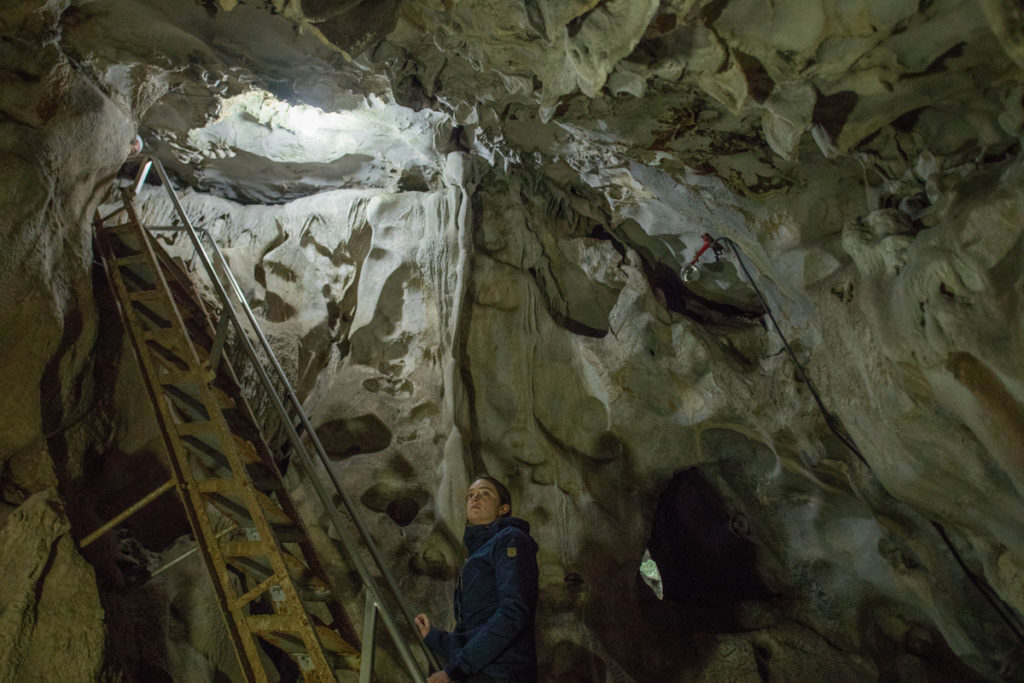
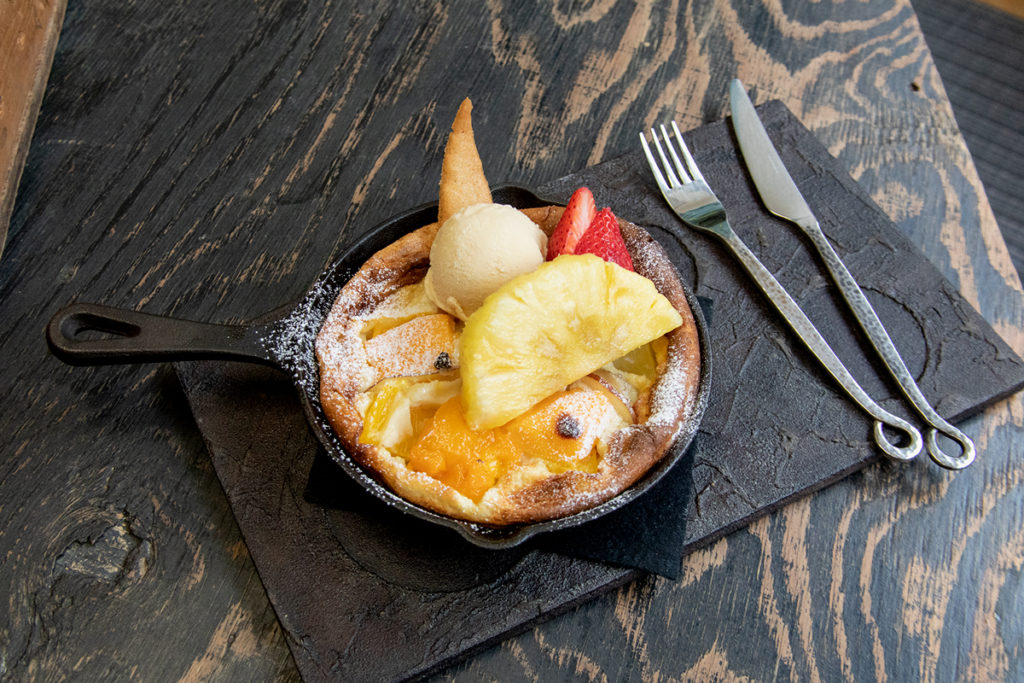
We visit Chosenin Temple (No. 29), adorned with Hokusai Katsushika’s “Cherry Blossoms,” and Hōun-ji Temple (No. 30), with its beautiful garden, and are reminded of the words of Nansen Oshou:
“Chichibu’s pilgrimage sites are community-based. Unlike in Saigoku and Bando, there are no large temples that have been patronized by samurai or court nobles. The fact that they have been protected by the local people for more than 700 years means that the faith has been passed down from generation to generation and lives on in these modest places of worship.”
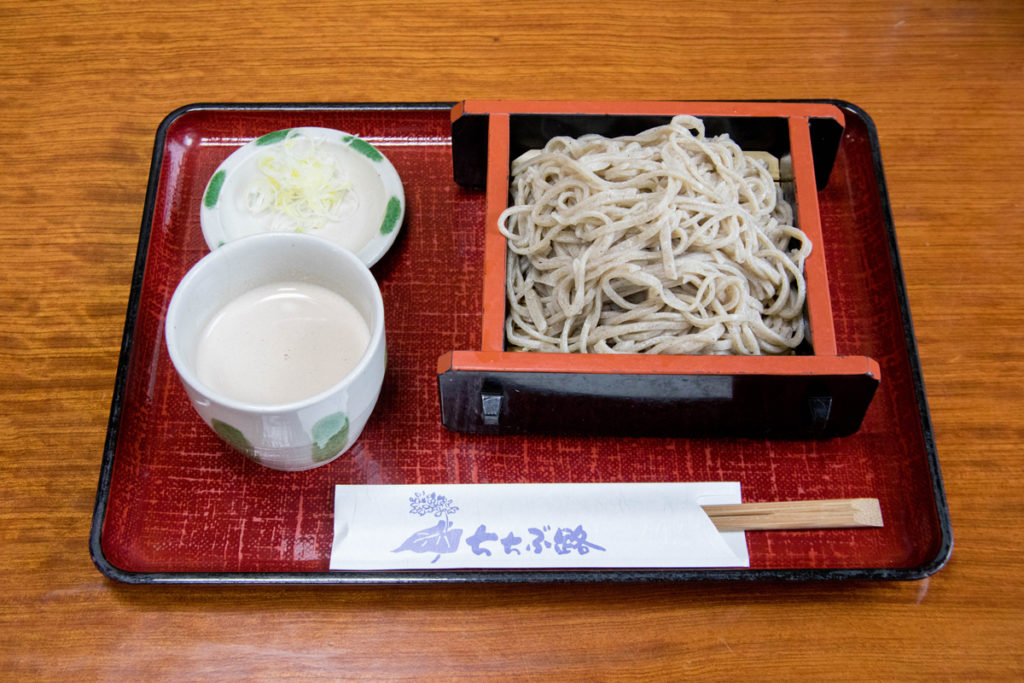
Nansen Oshou describes this pilgrimage tour as “community-based,” where visitors can easily feel at home. The end point of our trip is Mitsumine Shrine, one of the three main Chichibu shrines. Travelers in the Edo period must have also ventured into the exquisitely colored halls of worship when making their rounds of the temples. Contemplating such travelers of 200 years ago, we begin to ascend the main approach leading from the large torii to the main shrine.
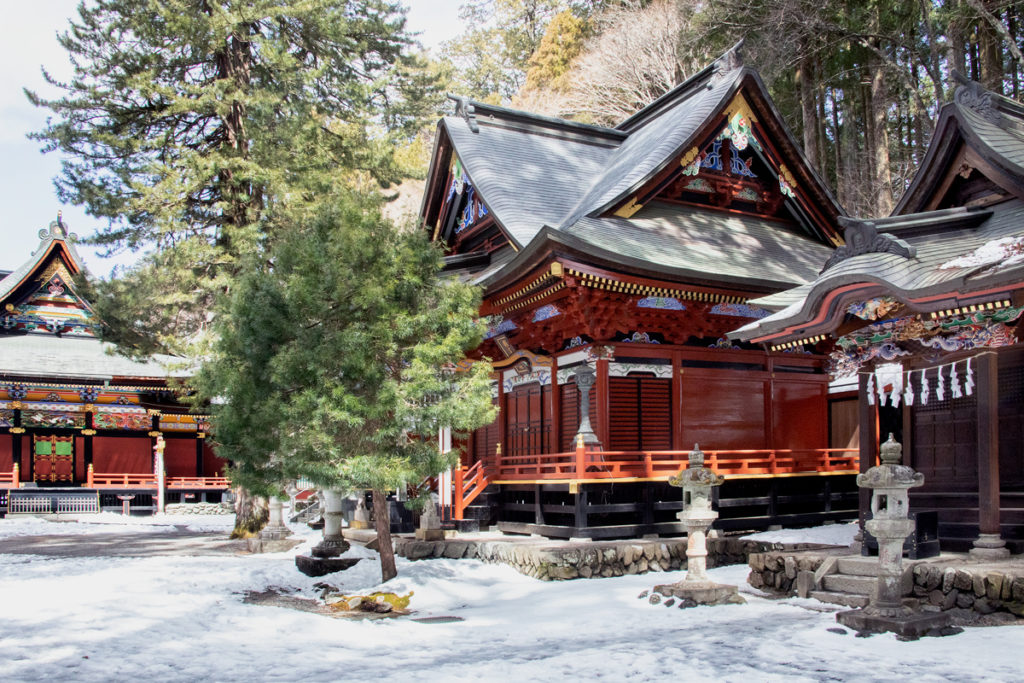
Trail Guide
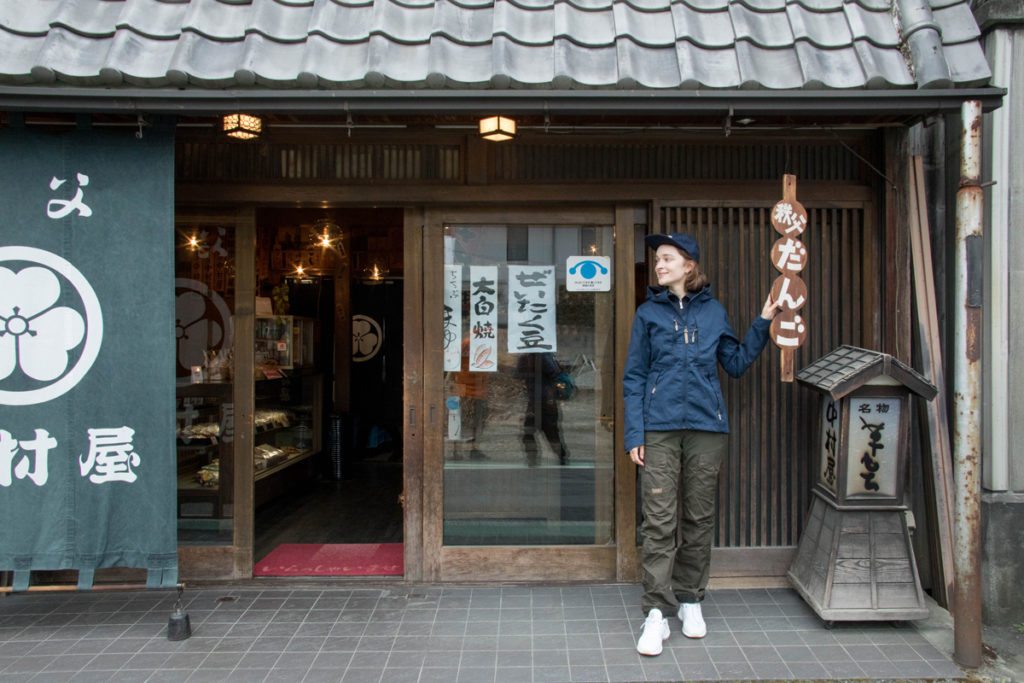
13-7 Higashimachi, Chichibu-shi, Saitama
TEL: 0494-22-0838

204 Arakawa Onobara, Chichibu-shi, Saitama
TEL: 0494-54-1560
Chichibu Fudasho Association
TEL: 0494-25-1170
Michi no Eki Arakawa
538-1 Arakawa Hino, Chichibu-shi, Saitama
TEL: 0494-54-0022












